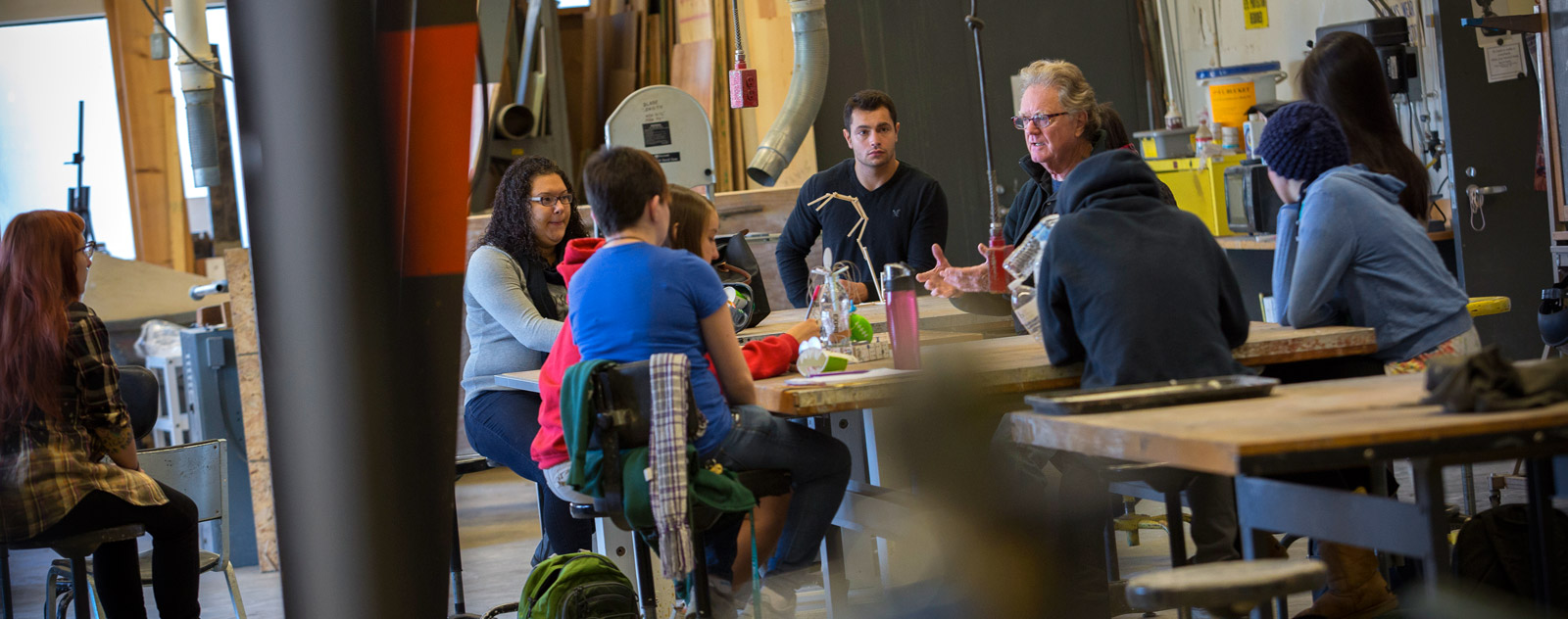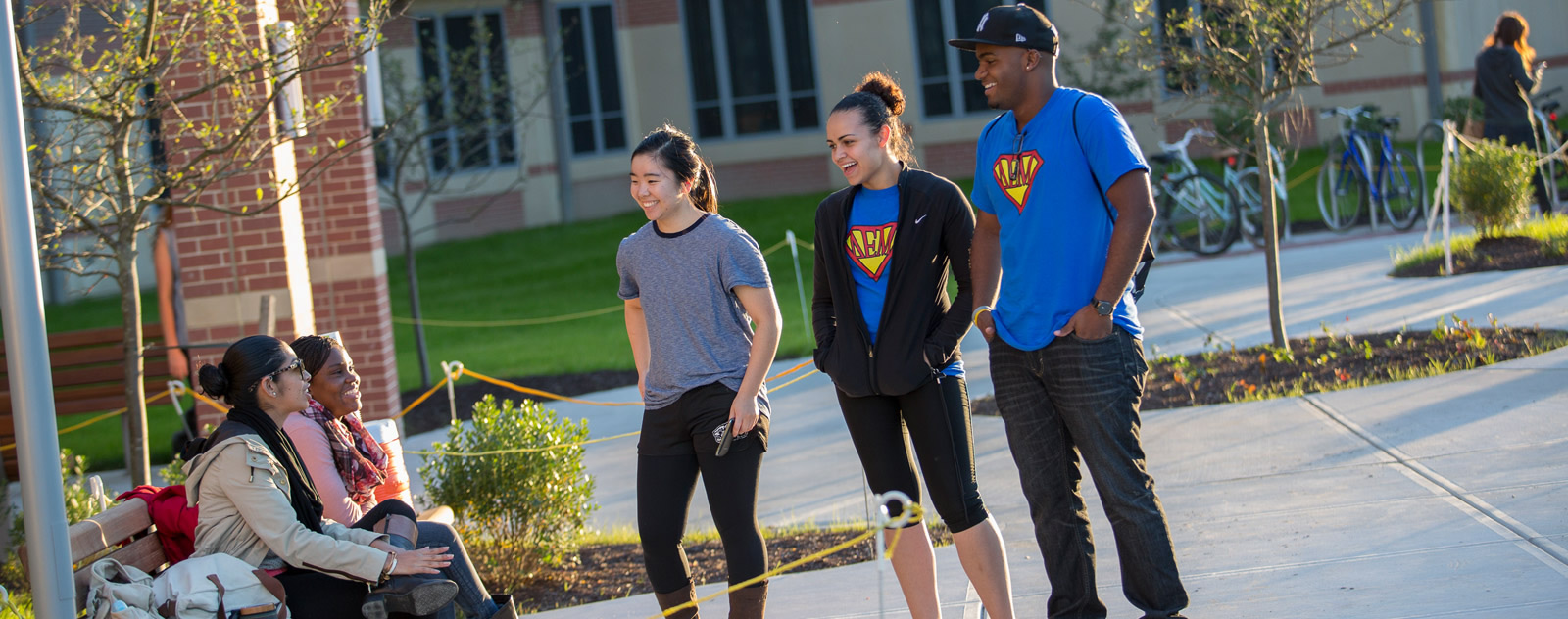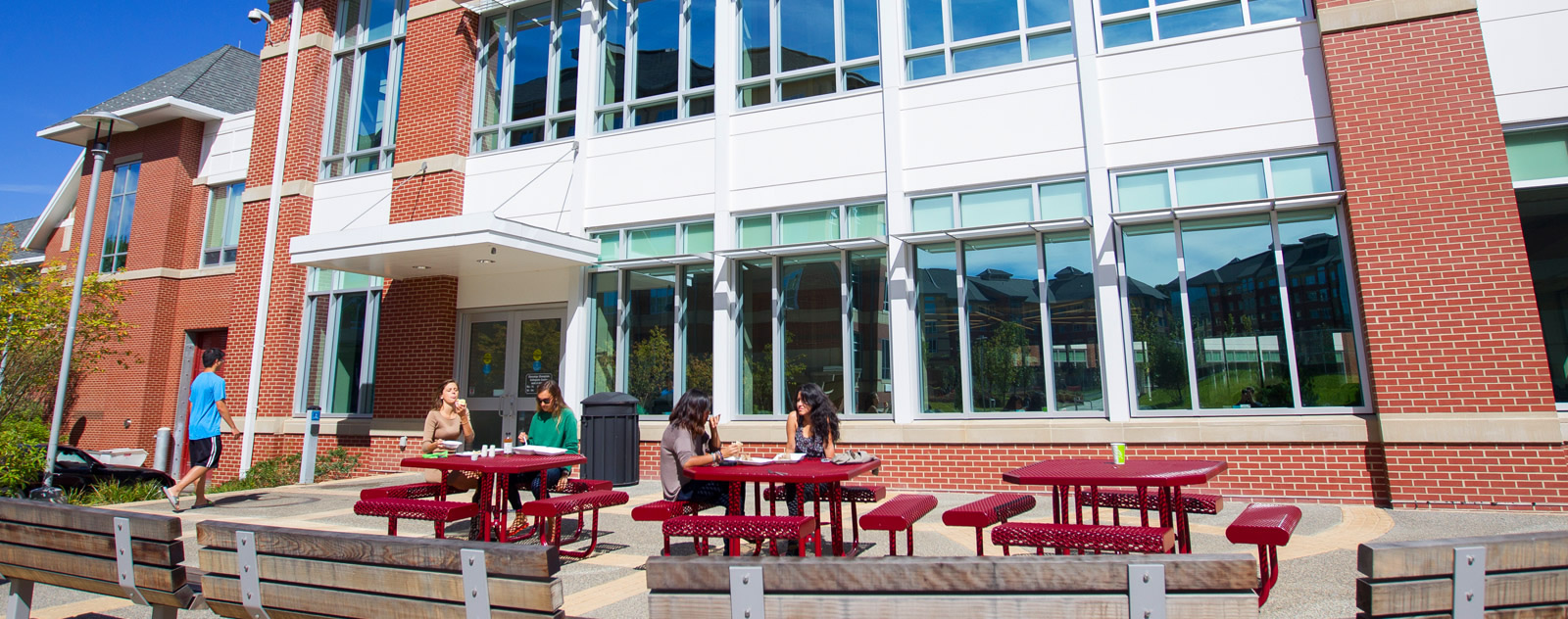Information Technology Services
Information Technology Services
Top Searched Services
Wi-fi and ConnectMultiFactor AuthenticationComputing LabsStudent PrintingPhishing Scams
IT Self Service
Search for ITS Knowledge Base Articles, Submit a Service Request, Report a Problem, or Submit a Project Request. Find your answer here as well.



